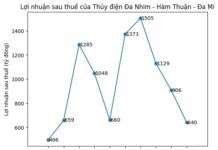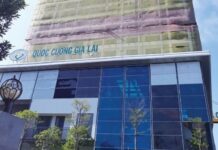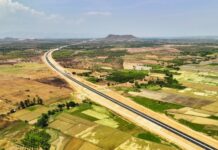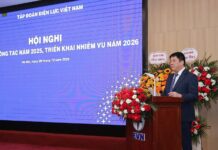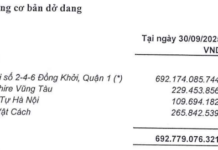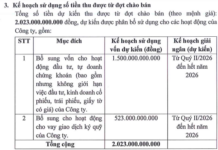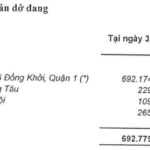
Delegate Hoàng Văn Cường: There is no reason to exclude Nam Định station from the high-speed North-South railway line.
High-speed railways must connect population centers, especially those inaccessible by air travel.
The proposed route for the high-speed North-South railway line spans 20 provinces and cities, totaling approximately 1,541 kilometers, and includes 23 passenger stations and 5 freight stations. Some have argued that the route’s passage through Nam Định province does not ensure the straightest possible path.
Sharing his perspective with Dân Trí newspaper, delegate Hoàng Văn Cường from Hanoi emphasized that this railway line is meant to connect people in populous regions with limited access to air travel services.
“Here, we are not determining the fastest route between Hanoi and Ho Chi Minh City,” Mr. Cường stated. “Instead, we aim to connect population centers, especially those inaccessible by air, to enable faster travel.”
He further asserted that constructing the high-speed North-South railway line is about providing connectivity for regions with large populations.
“If we neglect this aspect in favor of faster travel between Hanoi and Ho Chi Minh City, we are mistaken in our understanding of this transportation mode’s competition with air travel,” expressed Mr. Cường.
There is no justification for bypassing Nam Định station.
Delegate Hoàng Văn Cường reaffirmed that building the high-speed railway is not about competing with air travel but rather creating a complementary transportation system.
For instance, individuals traveling from Hanoi to Ho Chi Minh City in the shortest time would opt for air travel. However, if someone wishes to travel from Nam Định to Hà Tĩnh more swiftly, they could choose the high-speed railway. In this way, the railway would supplement the air transportation system.
Delegate Cường recalled the historical precedent of the North-South railway line from the French colonial era, which was also designed to divert eastward to reach Nam Định city. There were valid reasons for this design choice.
Based on historical and contemporary factors, delegate Cường asserted that there is no justification for excluding Nam Định station from the high-speed North-South railway line.
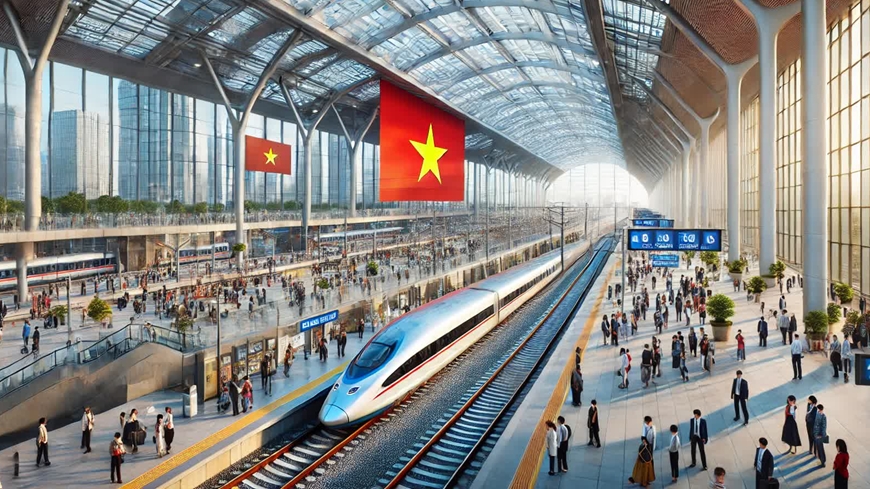
Based on historical and contemporary factors, delegate Cường asserted that there is no justification for excluding Nam Định station.
Bypassing the Nam Định station would incur additional costs of approximately 1,632,96 million USD.
According to calculations by the Ministry of Transport, the proposed route connecting to the center of Nam Định city would increase investment costs by approximately 476.33 million USD and operating costs by about 20.36 million USD (over the entire 30-year project cycle).
However, if the Nam Định station is not constructed, the cost of traveling from the city center to Phủ Lý or Ninh Bình stations would increase by approximately 1,632.96 million USD.
In a statement to the Ministry of Planning and Investment, the Ministry of Transport also noted that Nam Định city is planned to have a population of 600,000 by 2040. The city also attracts people from neighboring provinces in the Red River Delta region, such as Thái Bình and Hưng Yên, totaling approximately 4 million people.
The route of the high-speed North-South railway line through Nam Định city has been designed to align with national, regional, and provincial planning.
Nam Định city, as a transportation hub, is expected to have significant transportation demand (with an estimated 3 million passengers traveling to and from the Nam Định station by 2050).
The proposed route through 20 localities along the North-South corridor, including Nam Định, has been approved by the Politburo and the Central Committee of the Communist Party of Vietnam on September 20.
Therefore, the Ministry of Transport recommends retaining the current route through Nam Định. In the next step, the Ministry will direct the investor to further optimize the route to achieve the straightest path possible.
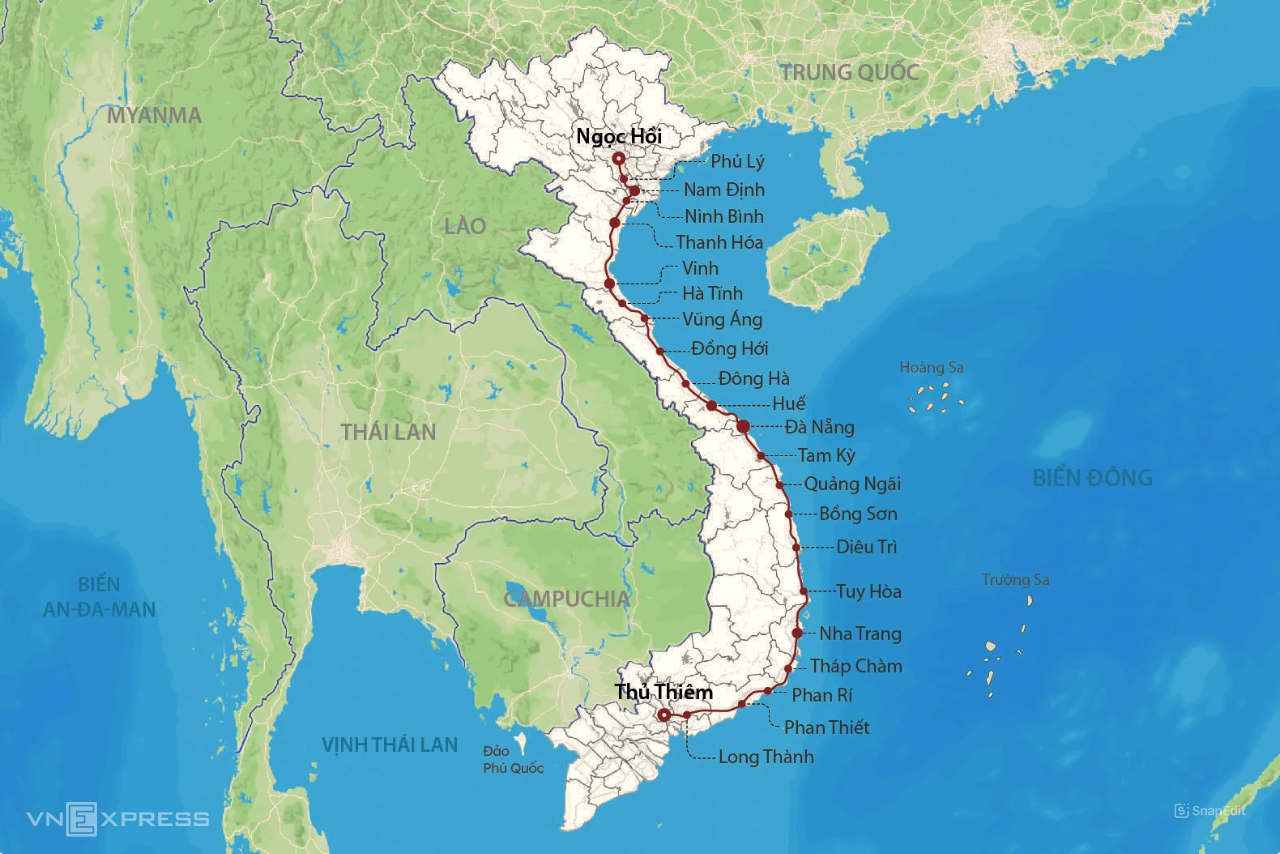
Minor adjustments to the station location in the Nam Định province section may be considered. Image source: Vnexpress
Minor adjustments to the station location in the Nam Định province section may be considered.
Mr. Đinh Mai Hưng, Head of the Transport Construction Quality Management Division of the Nam Định Provincial Transport Department, stated that minor adjustments to the station location of the high-speed North-South railway line in the Nam Định province section may be considered.
“The station location does not necessarily have to be in Hưng Lộc ward, Nam Định city, as mentioned in the pre-feasibility report,” Mr. Hưng said. “Instead, we should find the most suitable location to achieve the straightest path possible.”
Specifically, the People’s Committee of Nam Định province has sent documents to the Ministry of Planning and Investment and the Ministry of Transport regarding the reception of the State Appraisal Council’s opinions on the route and station location through the province for the North-South high-speed railway project.
The documents state that in the process of preparing for the project investment so far, there have been fundamental changes in the pre-feasibility study report compared to previous ones, including the train speed (350 km/h instead of 250 km/h).
The Appraisal Council has requested the Ministry of Transport to clarify the technical factors to ensure the straightest possible route, reduce costs (especially in the section passing through Nam Định), ensure the operating speed of the trains, and create new development space.
At the same time, the Ministry of Transport was requested to continue coordinating with the localities through which the high-speed railway passes to review and adjust the route and station locations of the project.
The People’s Committee of Nam Định province agreed with the opinions of the State Appraisal Council to ensure smoother operation and better alignment with the overall project.
In the next step (the feasibility study report), the province will coordinate with the Ministry of Transport to review and adjust the route and station location of the project in the Nam Định province section.
Previously, the People’s Committee of Nam Định province also sent a document to the Ministry of Planning and Investment, expressing its opinion on the location of the Nam Định station in the route of the North-South high-speed railway line.
The locality stated that the Red River Delta Vision 2050 has identified Nam Định city as the sub-regional center of the south, linked to the Quang Ninh – Hai Phong – Thái Bình – Nam Định – Ninh Bình coastal economic corridor. It is also a transport hub for the North-South railway and the proposed Nam Định – Thái Bình – Hai Phong – Quang Ninh railway.
Adjusting the route and station location would not only disrupt the system of planning for Nam Định province but also impact the socio-economic development and livelihood of the local people and the neighboring provinces of Thái Bình, Hưng Yên, Hà Nam, and Ninh Bình.
Therefore, the locality proposed maintaining the route and location of the Nam Định station of the North-South high-speed railway line in Hưng Lộc ward as mentioned in the pre-feasibility report.
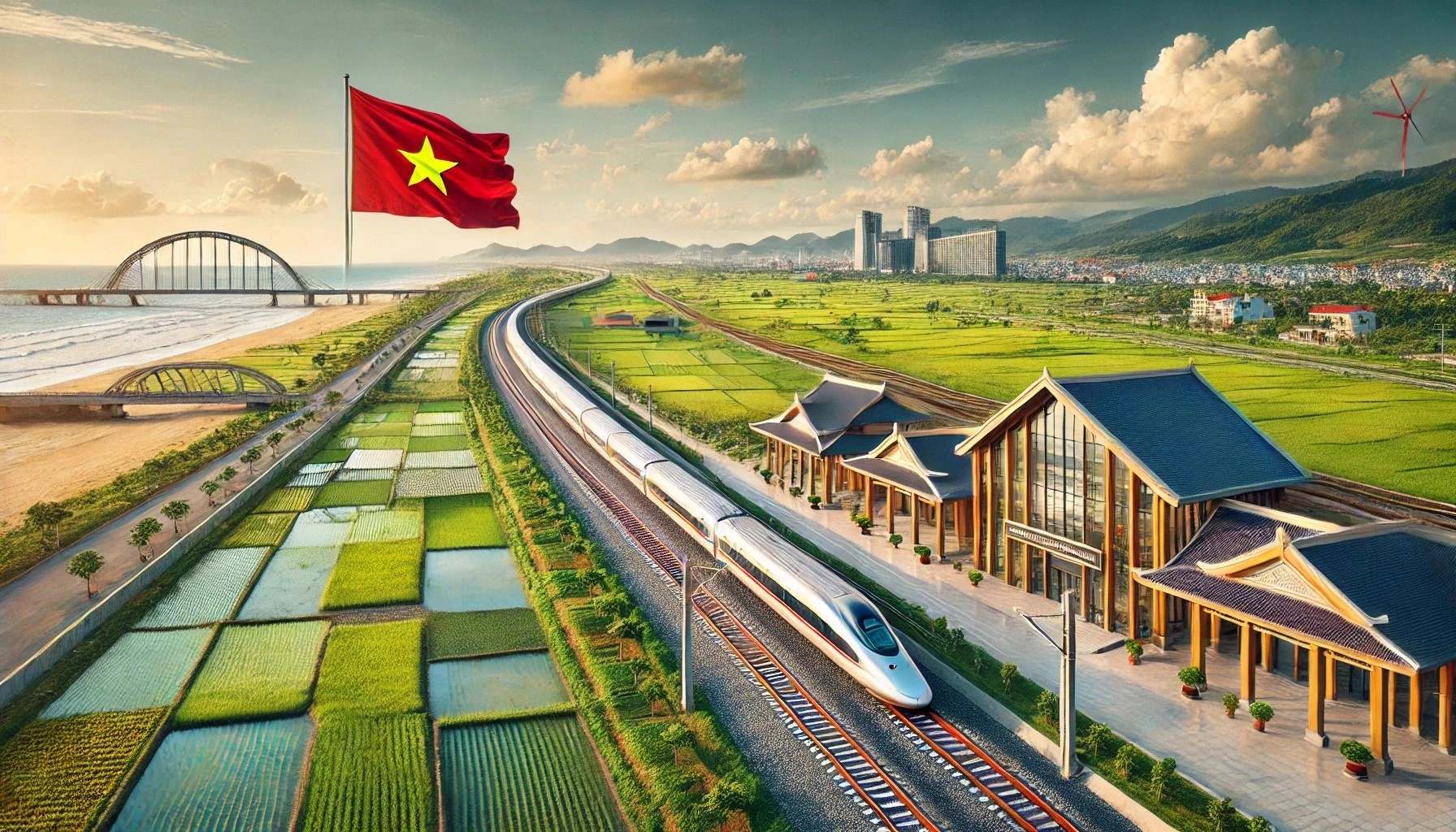
Nam Định station – the connecting point of the North-South corridor and the Red River Delta.
Nam Định station – the connecting point of the North-South corridor and the Red River Delta.
According to the Quân Đội Nhân Dân newspaper, the route of the North-South high-speed railway line, as proposed by the consulting consortium, is based on ensuring the shortest distance between points, meeting the technical requirements of the route’s plan and profile.
The location of the stations is one of the critical factors in determining the control points in route planning for high-speed railways. The basic principle is that each province or city through which the route passes will have a high-speed railway station to facilitate connections within the locality.
For additional stations, the following criteria must be met: the distance between stations should be at least 30 kilometers, and the chosen urban area must be of type III or higher.
Passenger station locations are selected in the provincial or city centers and major regional centers. These areas have high population concentrations and are transportation hubs within the region. Each station location is considered to ensure compatibility with the current situation and urban planning of each locality.
Station locations should be accessible from the city center or areas with potential for future urban development following the TOD (Transit-Oriented Development) model to ensure convenient connections and attract passengers. The distance between stations must be appropriate for effective operation.
Additionally, there should be good connectivity with the public transport systems of the cities, especially the existing railway systems, to maximize the utilization of each system and form a comprehensive transportation network.
The environmental and social impacts on the localities through which the railway passes should be minimized. The route should also take into account favorable topographic, geological, and hydrological conditions, avoiding large-scale land acquisition and reducing costs.
Freight station locations are determined based on train operation considerations (for coupling, decoupling, and turning locomotives).

The North-South high-speed railway project includes 23 passenger stations, with an average distance of about 67 kilometers between stations. According to the consulting consortium, this distance is suitable for the designed speed of 350 km/h, practical conditions in the localities, and international experience (for speeds below 250 km/h, the average distance between stations is about 30-50 km; for speeds above 300 km/h, the distance is about 50-70 km).
After passing Phủ Lý station (Hà Nam province), the route follows the existing railway line and National Highway 21 towards Nam Định city. After the Nam Định station, the line heads towards Ninh Bình province, crossing the Đáy River in the east of Khánh Phú industrial park (Ninh Bình city).
Due to the location of the Nam Định station to the east of the North-South axis, the high-speed railway line will divert to pass through the Nam Định area.
The selection of the route and location of the Nam Định station has been studied to ensure alignment with national, regional, and provincial planning and meet the economic and technical requirements of the line.
Summary
Racing with the Long Thanh Airport City
The southern province of Dong Nai is gearing up to maximize the advantages brought by the upcoming Long Thanh International Airport. With the first phase of the airport expected to be operational by September 2026, the province is working diligently to ensure it is well-prepared to capitalize on the opportunities that this major infrastructure project will bring.
Unleashing the Potential: The Art of Transforming a Province with a Mega Project Worth Over 7.3 Trillion VND
The Cua Lo Deep-water Seaport Construction and Business Project entails a total investment of approximately VND 7,325 billion. This ambitious endeavor involves the construction of three ship berths, boasting a combined length of 800 meters, along with a sprawling 32-hectare backend port area, and an array of auxiliary facilities.











